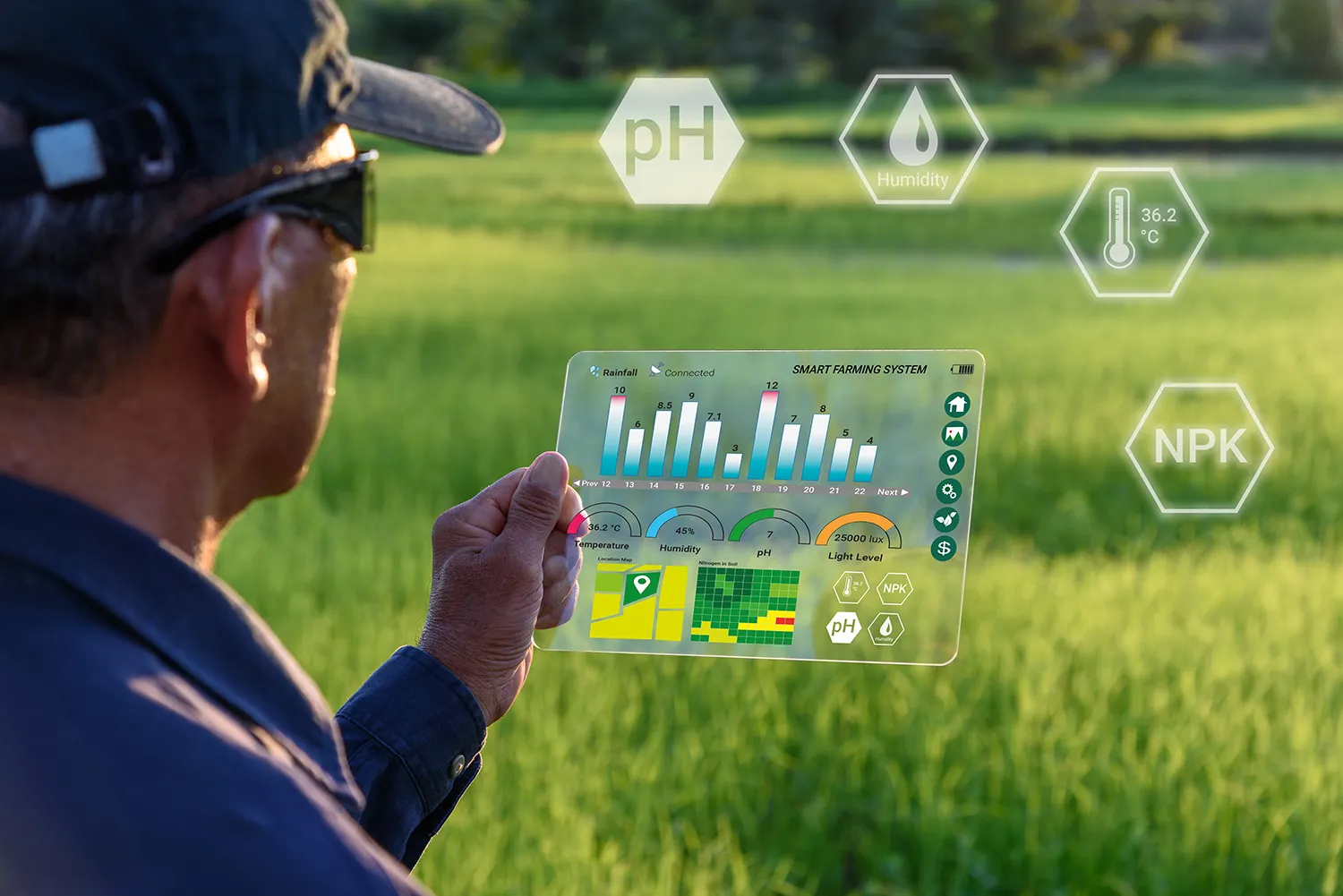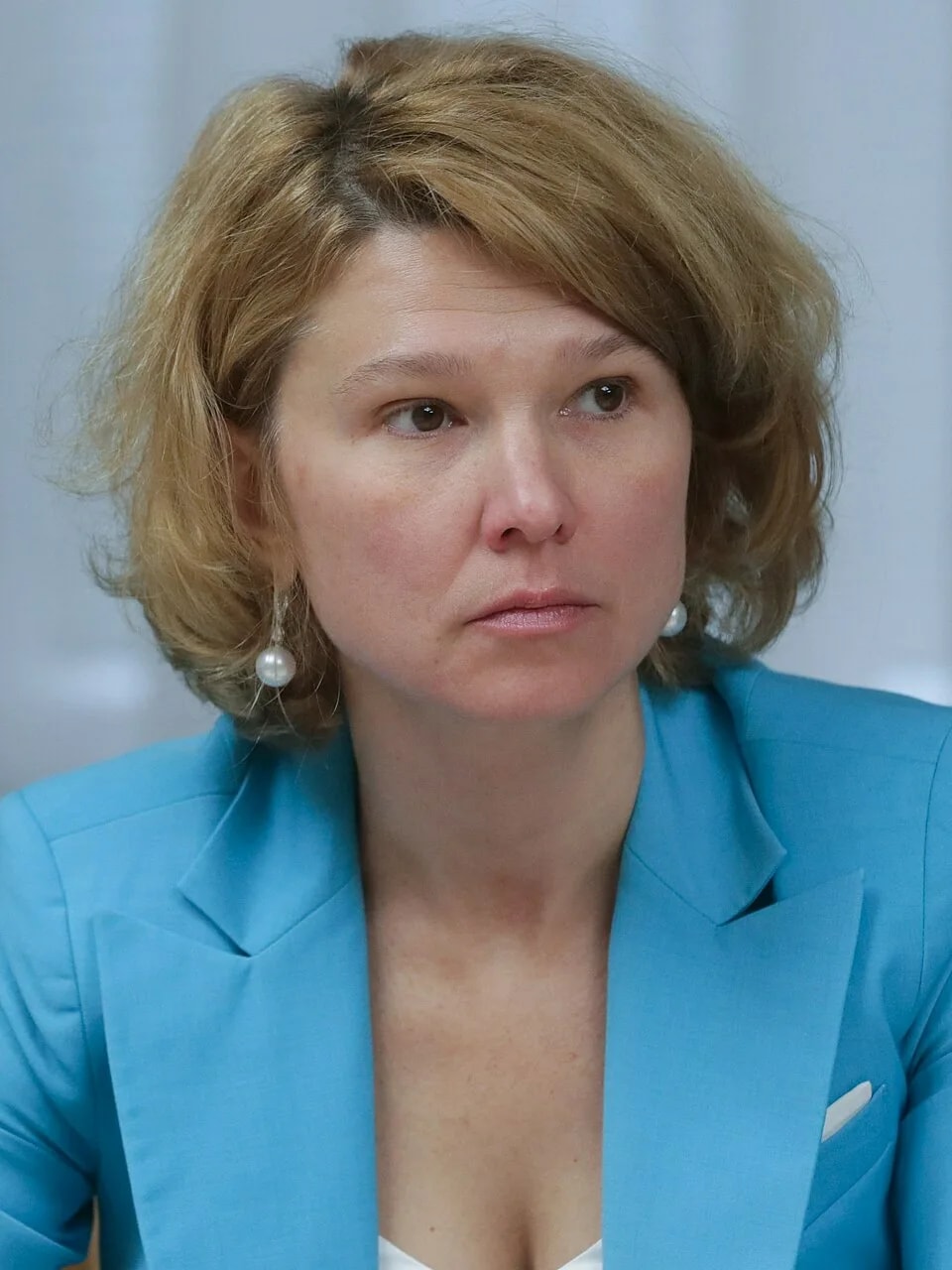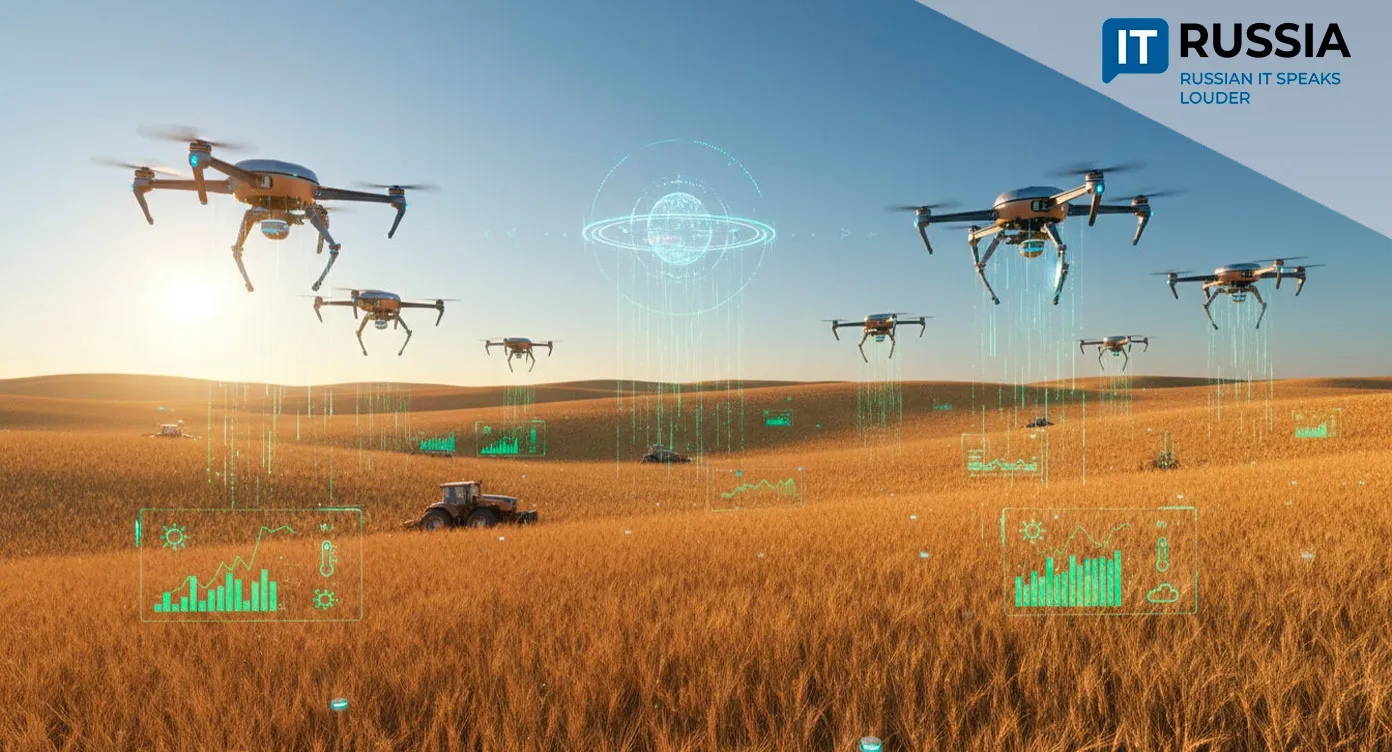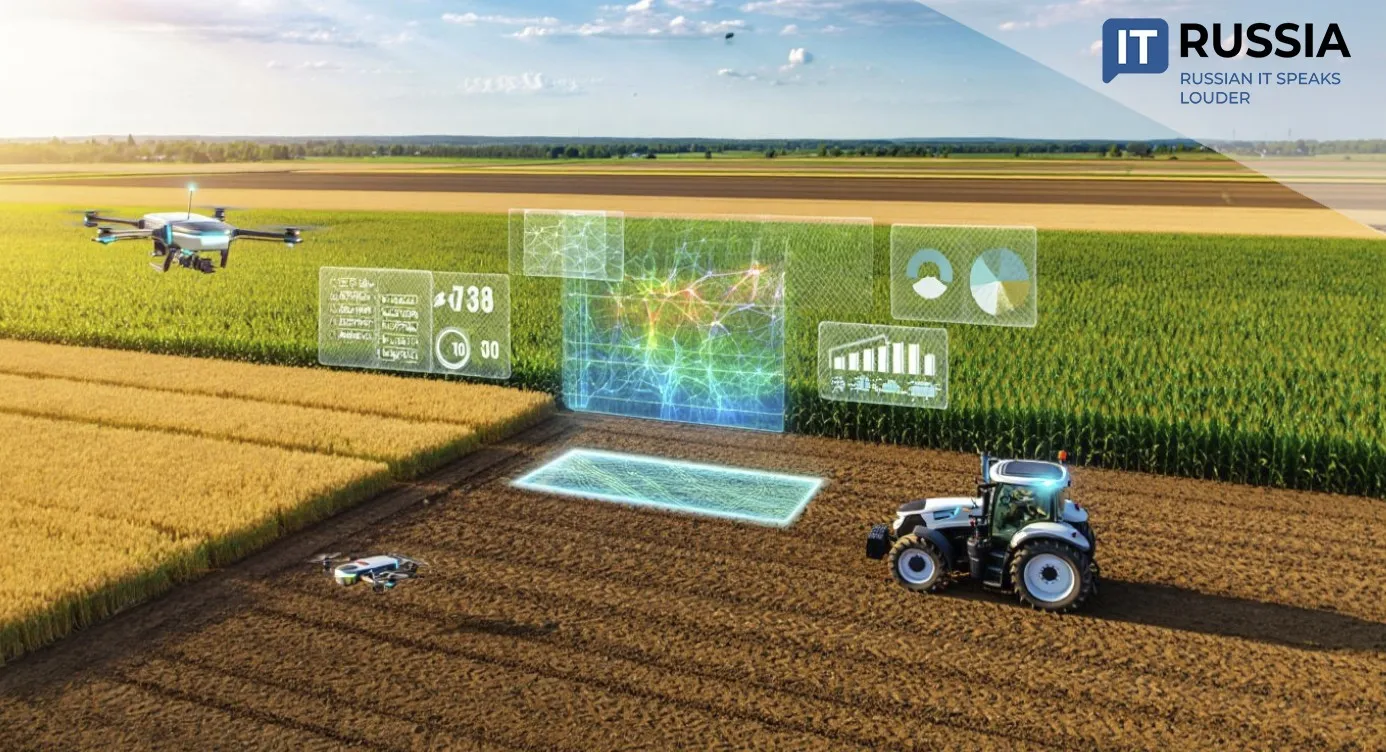One Platform to Serve All: Russia Launches Unified Digital Agriculture Portal
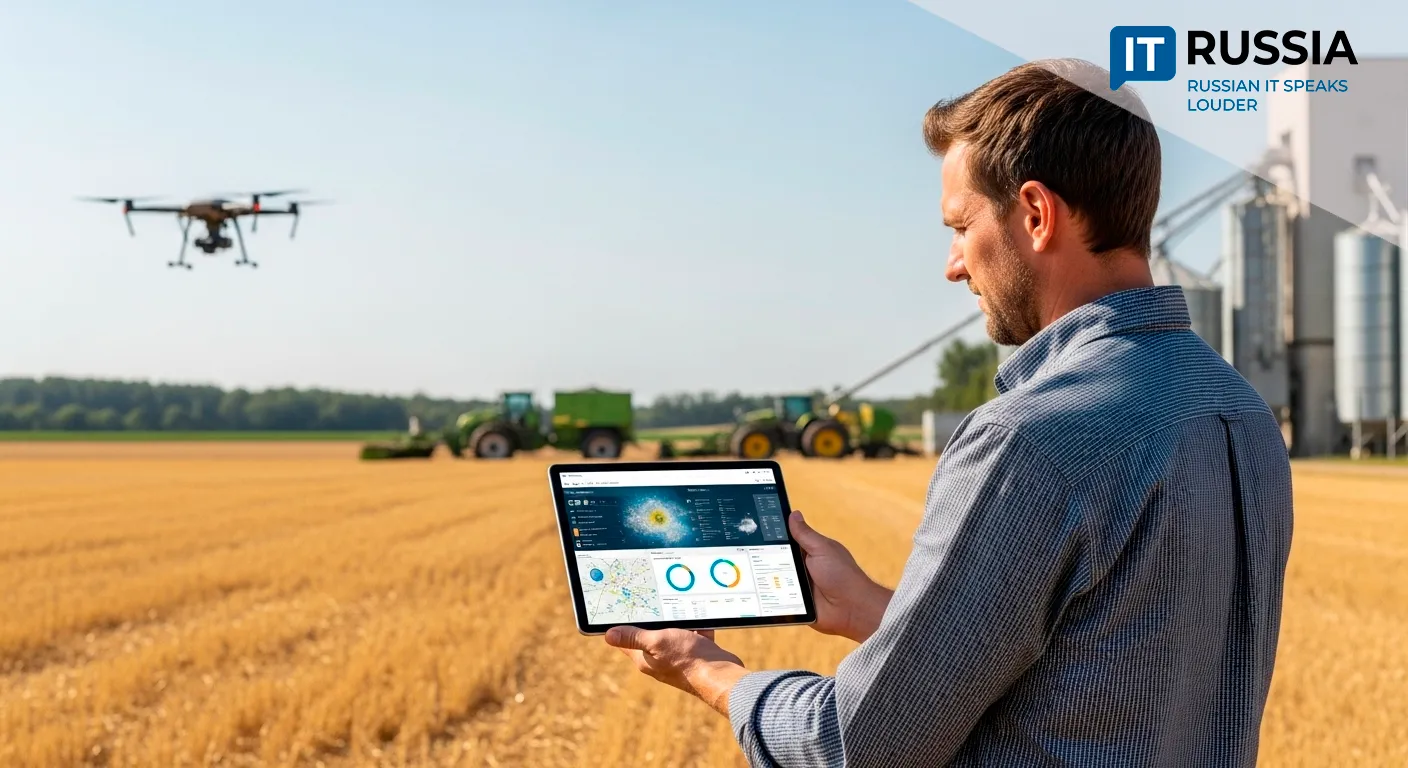
In 2025, Russia will launch a Unified Digital Agriculture Platform aimed at simplifying access to state services, market data, and regulatory systems for farmers, processors, and buyers.
Tackling Fragmentation with a Unified Interface
Russian farmers today must interact with up
to 30 disparate government IT systems to stay compliant — from the Treasury and
Ministry of Finance to veterinary tracking and grain registries. The process is
time-consuming and costly.
To address this, Russia’s Ministry of Agriculture and Agropromtsifra, a
domestic agtech firm, are building a Unified Digital Agriculture Platform. It
aims to serve as a single access point for interacting with 18 government
systems across the Ministry of Agriculture (9 systems), Rosselkhoznadzor (7
systems), and the Federal Fisheries Agency (2 systems).
The platform will also integrate with systems from other key agencies like the
Federal Tax Service and Rosstat. Users will gain access through a unified
omnichannel interface compatible with any device.
“We’re building a digital environment centered on data, speed, and human
usability,” said Olga Chebunina, CEO of Agropromtsifra, during the All-Russian
Field Day 2025. “In 2025, we aim to unify these systems through a single platform
that reduces labor and simplifies access. By 2026, users will be able to log in
directly.”

Delivering Real-Time Market and Environmental Insights
The platform will consolidate critical
agricultural data, including:
- Sowing areas and seed usage (EFGIS ZSN);
- Yield dependence on agro-factors (FGIS Seed Production, EFGIS ZSN);
- Quality of seeds and grain, harvest statistics, elevator capacity
utilization.
Farmers will also be able to track fertilizer and crop prices by region via a
'Benchmarking' section. Real-time weather forecasts and 15 years of
meteorological archives from Roshydromet will be available to enhance yield
prediction models.
Advanced analytics and big data tools will empower producers to plan
effectively, optimize input use, and reduce regulatory burdens by automating
subsidy requests and compliance reporting.
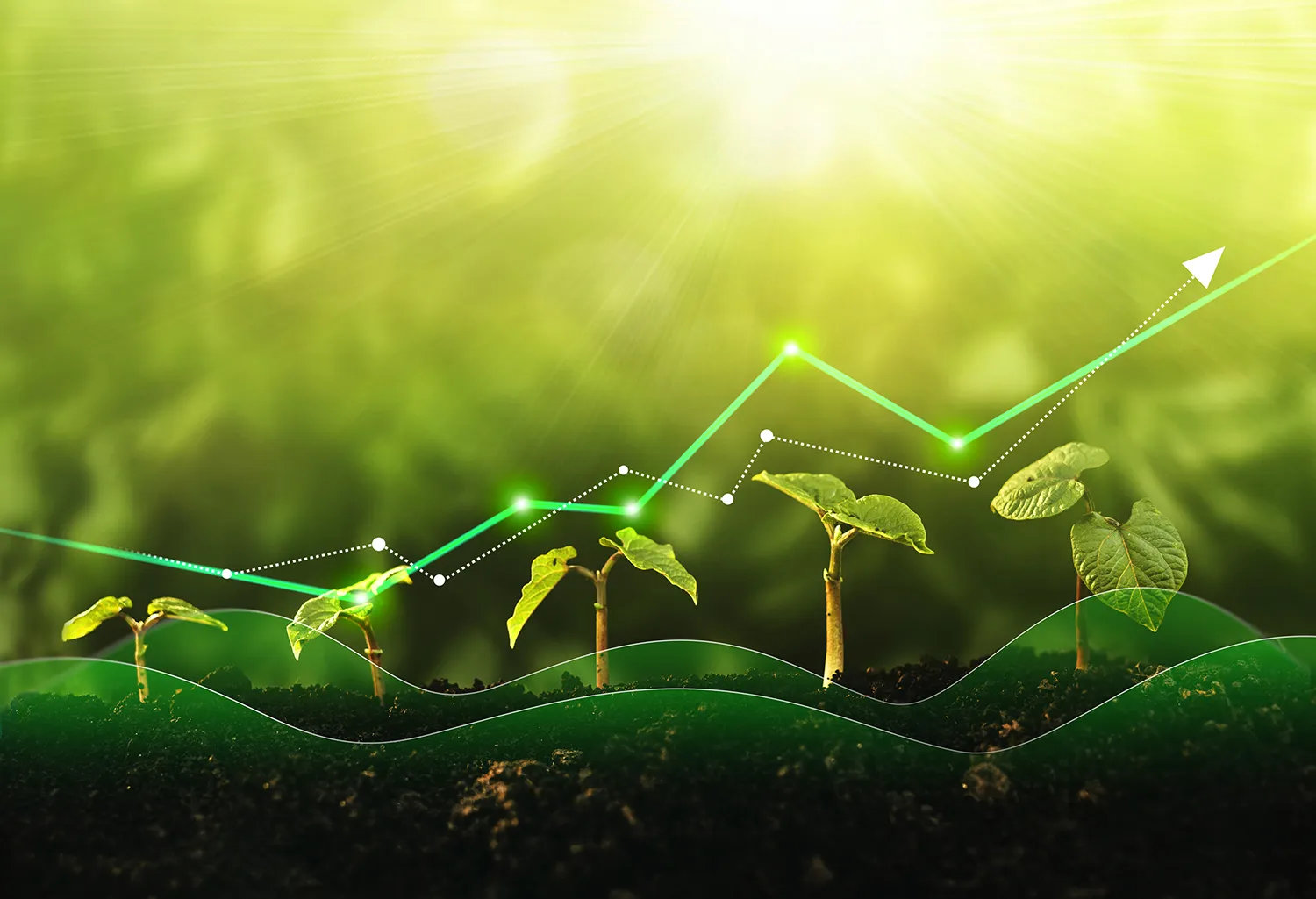
Scalability, Education, and Future Export Potential
Development of the platform began in 2022,
and work continues on improving performance and interface usability. By
September 2025, users will get access to a personal account dashboard and a
digital literacy training center.
The initial rollout will simulate four major systems — Saturn, Land, Grain, and
Seed Production — aimed at training students in agricultural universities.
Starting in 2026, producers themselves will gain access to these learning
tools, with additional systems to follow.
An AI assistant will also be introduced to guide users and respond to
service-related questions. While the platform is currently focused on domestic
needs, its API structure, big data architecture, and user-first approach could
support international integration or even serve as an export-ready digital
solution.
